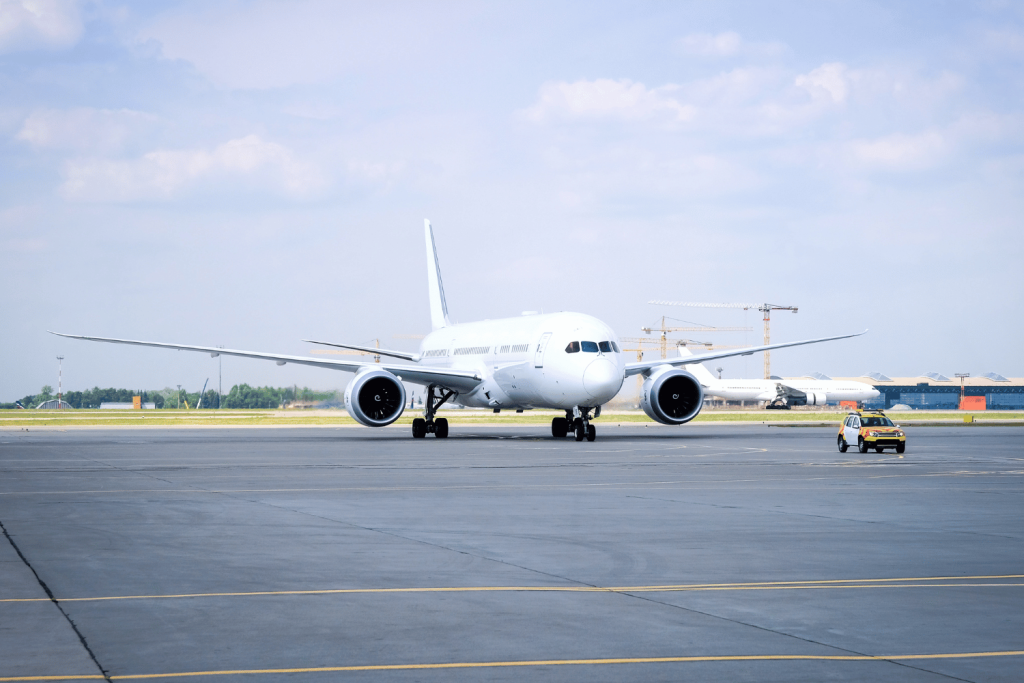In a historic first, a Boeing 787 Dreamliner made a successful landing at Troll Airfield in Antarctica on November 23, 2023. The aircraft, operated by Norse Atlantic Airways, carried 45 passengers, including scientists and equipment, to the Norwegian Polar Institute research station in Queen Maud Land.
This marks the first time a Dreamliner has landed on the continent, and it’s also the largest passenger plane to ever touch down in Antarctica. The previous record was held by a Boeing 757 that landed at the McMurdo Station in 1997.
The Dreamliner’s landing is a significant milestone for commercial aviation, as it demonstrates the aircraft’s ability to operate in some of the most extreme conditions on Earth. Troll Airfield is located at a latitude of 71 degrees south, making it one of the most remote airports in the world. The runway is also extremely short, at just 1,200 meters (3,937 feet), and it’s made of compacted snow and ice.
Despite these challenges, the Dreamliner made a smooth and uneventful landing. The aircraft’s advanced technology, including its Rolls-Royce Trent 1000 engines, helped it to overcome the challenges of operating in the harsh Antarctic environment.
The successful landing of the Dreamliner opens up new possibilities for commercial aviation in Antarctica. The aircraft could be used to transport scientists and supplies to research stations, and it could also be used to offer tourist flights to the continent.
Benefits of the Dreamliner Landing in Antarctica
The landing of the Dreamliner in Antarctica has a number of benefits, including:
- Increased access to Antarctica: The Dreamliner’s ability to land in Antarctica will make it easier for scientists and researchers to travel to the continent. This will help to advance our understanding of the environment and climate change.
- Economic development: The Dreamliner could be used to transport tourists to Antarctica, which would boost the economy of the region.
- Environmental protection: The Dreamliner’s advanced technology will help to reduce the environmental impact of aviation in Antarctica.
Challenges of Operating in Antarctica
Despite the benefits, there are also a number of challenges associated with operating aircraft in Antarctica, including:
- Extreme weather conditions: Antarctica is one of the coldest and most inhospitable places on Earth. The weather can be unpredictable and extreme, with temperatures dropping as low as -89 degrees Celsius (-128 degrees Fahrenheit).
- Remote location: Antarctica is a very remote continent, and there are few airports or other infrastructure in place. This makes it difficult to support aircraft operations.
- Environmental impact: Aviation can have a negative impact on the Antarctic environment. It is important to operate aircraft in a way that minimizes this impact.
The Future of Aviation in Antarctica
The successful landing of the Dreamliner is a sign of the future of aviation in Antarctica. As technology continues to advance, it will become increasingly possible to operate aircraft safely and efficiently in this challenging environment. This will open up new possibilities for scientific research, tourism, and economic development.
Conclusion
The landing of the Boeing 787 Dreamliner in Antarctica is a historic milestone that will have a significant impact on the future of aviation and the continent itself. The aircraft’s ability to operate in some of the most extreme conditions on Earth demonstrates the power of technology and opens up new possibilities for scientific research, tourism, and economic development.


